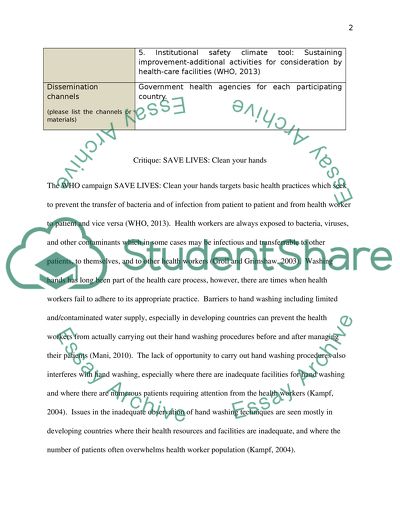Cite this document
(“Campaign Critique Essay Example | Topics and Well Written Essays - 2000 words”, n.d.)
Campaign Critique Essay Example | Topics and Well Written Essays - 2000 words. Retrieved from https://studentshare.org/journalism-communication/1471076-campaign-critique
Campaign Critique Essay Example | Topics and Well Written Essays - 2000 words. Retrieved from https://studentshare.org/journalism-communication/1471076-campaign-critique
(Campaign Critique Essay Example | Topics and Well Written Essays - 2000 Words)
Campaign Critique Essay Example | Topics and Well Written Essays - 2000 Words. https://studentshare.org/journalism-communication/1471076-campaign-critique.
Campaign Critique Essay Example | Topics and Well Written Essays - 2000 Words. https://studentshare.org/journalism-communication/1471076-campaign-critique.
“Campaign Critique Essay Example | Topics and Well Written Essays - 2000 Words”, n.d. https://studentshare.org/journalism-communication/1471076-campaign-critique.


